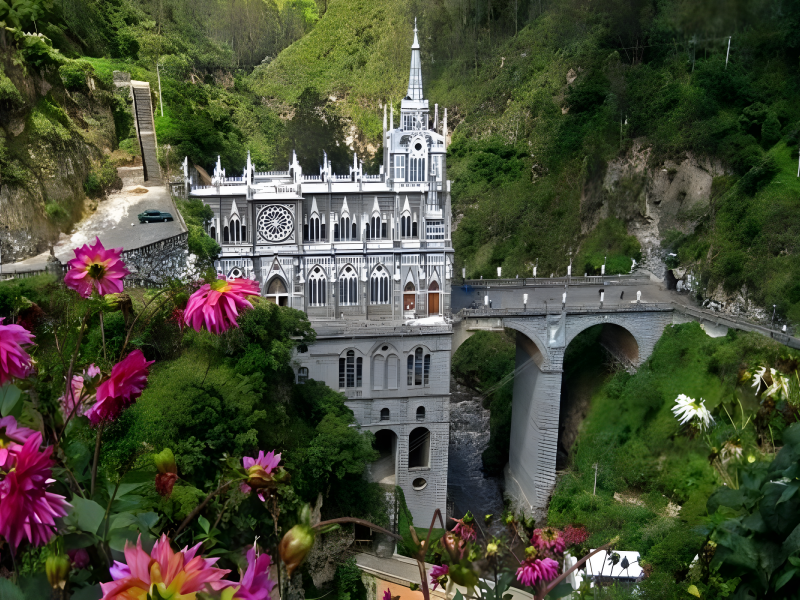The main Baha'i House of Worship in New Delhi, India, the Lotus Temple is a wonderful example of modern religious architecture. With 27 free-standing marble-clad "petals" grouped in clusters of three to create nine sides, this amazing construction stands true to its name—that of a large lotus bloom. As the lotus is so important in many of India's religions and philosophies, this architectural wonder not only honors the Baha'i faith's emphasis on unity and inclusivity but also pays tribute to the nation's rich cultural legacy. Designed by Iranian-Canadian architect Fariborz Sahba, the temple deftly combines spiritual connotation with visual appeal. The nine surrounding ponds depict an appearance of a floating lotus on a pool of water while the immaculate white marble front reflects sunlight. Rising to a height of more than forty meters within, the central hall is illuminated by natural light that passes through the complex petal pattern, therefore fostering peace and meditation. Emulating the Baha'i ideas of unity and harmony among all religions, the Lotus Temple welcomes persons of all backgrounds and beliefs. Attracting millions of visitors yearly who come to appreciate its beauty and feel its peaceful environment, its openness mixed with its remarkable architecture has made this structure among the most visited ones in the world. In India's varied religious scene, the temple is not just a site of prayer but also a potent emblem of peace and harmony.
